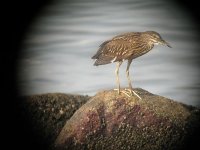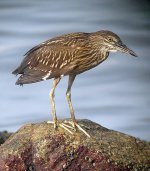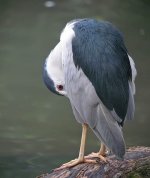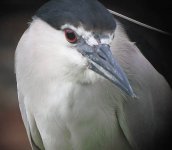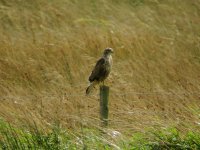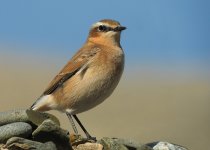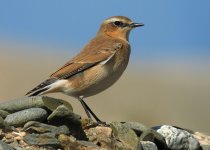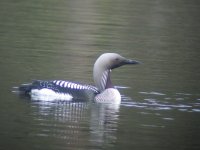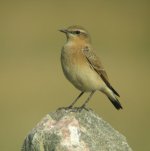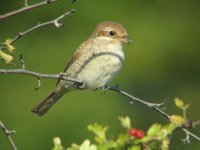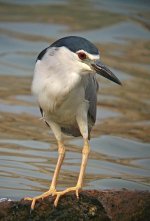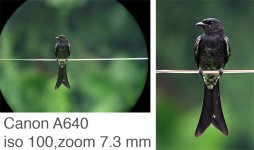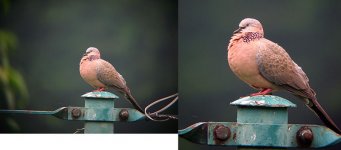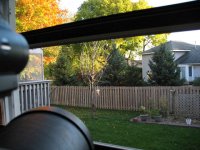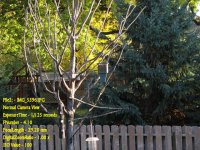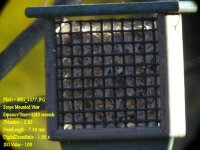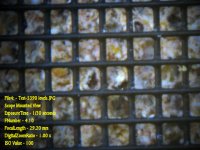I'll start another thread on this new camera in the A Series from Canon as I'm sure there will be many people interested in . I will say in advance that this is my first Canon camera and I've not been overly impressed with their cameras from a digiscoping perspective in the past. This camera hasn't changed my mind either. You can digiscope with this camera but it is not easy. The behavior of the lens is strange so that almost as soon as you start zooming from the Wide position the image gets smaller and smaller (and the vignetting gets worse ) until you way out toward the tele end . I've tried it with 4 different eyepieces with Eye Relief from 15mm to 32 mm . I guestimate it would work best with a 20x eyepiece with at least 25mm of Eye Relief. The lens is 35 - 140 mm which is bit long when you have to zoom out to almost the 140mm end to eliminate vignetting. With the Fuji F30 on the Swarovski 30x there is no vignetting at wide zoom and you can zoom straight out without changing the camera position (even the Olympus 7070wz which is my preferred camera won't do this. It would be best to set the camera up to reduce vignetting to a minimum and then leave it in that position. I was surprised that the screen doesn't show the zoom position as you zoom in and out so your not sure where it is (this may be a function that I haven't found yet). I was disappointed with the Auto Focus as I got a lot of out of focus photos which I didn't expect with the rotatable screen( I get more with the F30 than with the Olympus as it doesn't have a rotatable screen ). I was surprised at how slow the 1.5 frames per second seemed too compared to the F30 and the Olympus. It's programable Self-timer is a wonderul feature which I've dreamed about for years and the Manual focusing enlarged screen is the best I've seen. It's much more noisy at iso 400 and iso 800 than the F30 but better at iso 400 than the Olympus.
I didn't seem to get as many good images with the A640 as I expected considering it's quality when not on the scope. Here are some first efforts.
I haven't done any scientific testing and there may be things about the camera I haven't understood so I'm looking forward to hearing comments from other A series users. Neil.
I didn't seem to get as many good images with the A640 as I expected considering it's quality when not on the scope. Here are some first efforts.
I haven't done any scientific testing and there may be things about the camera I haven't understood so I'm looking forward to hearing comments from other A series users. Neil.




